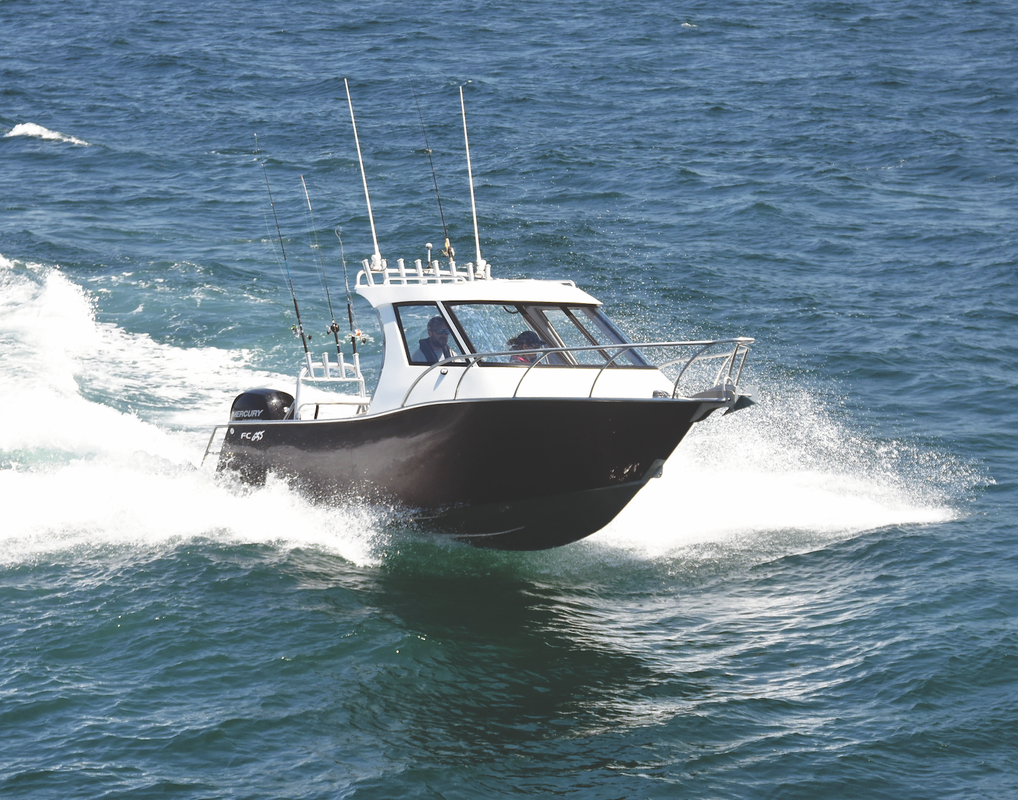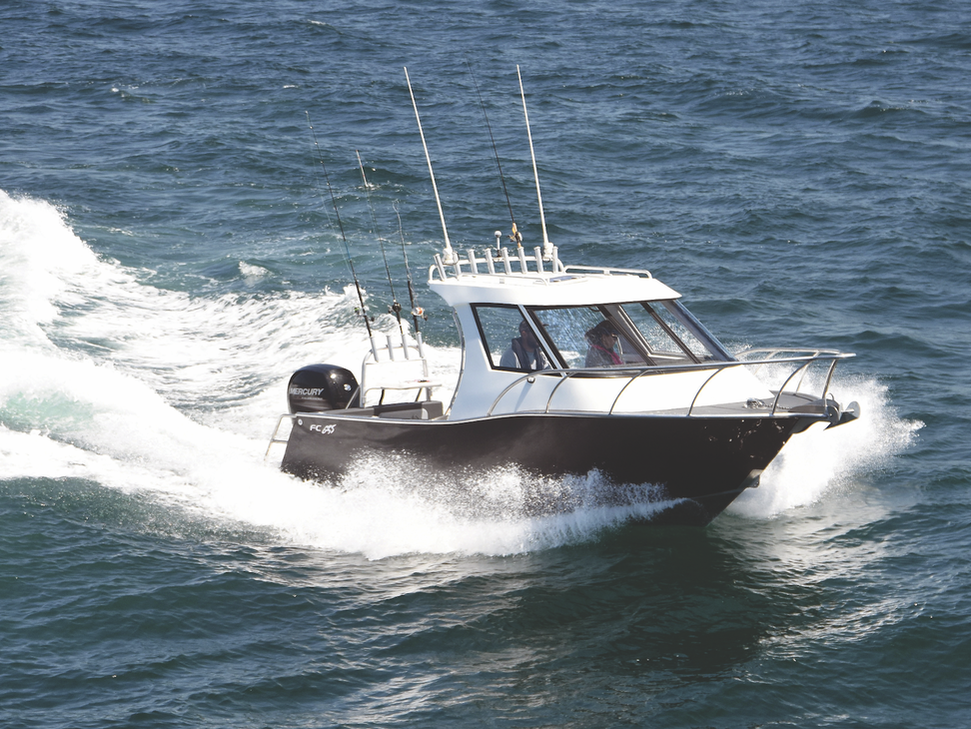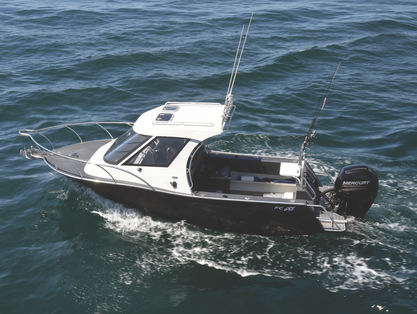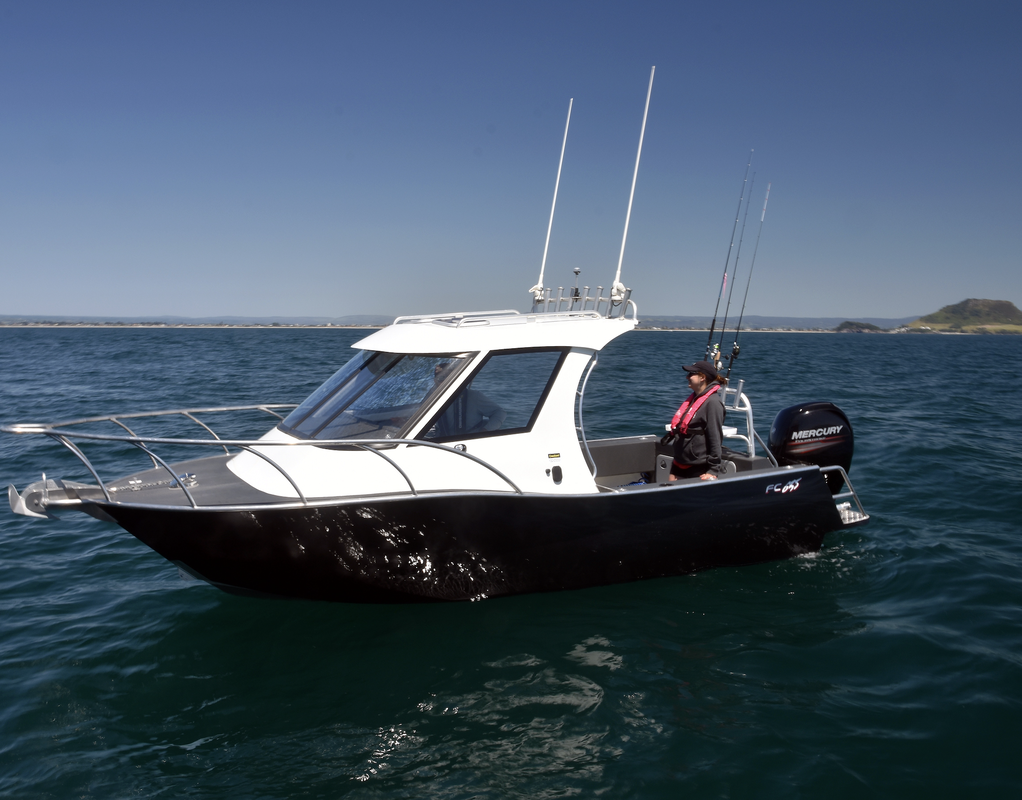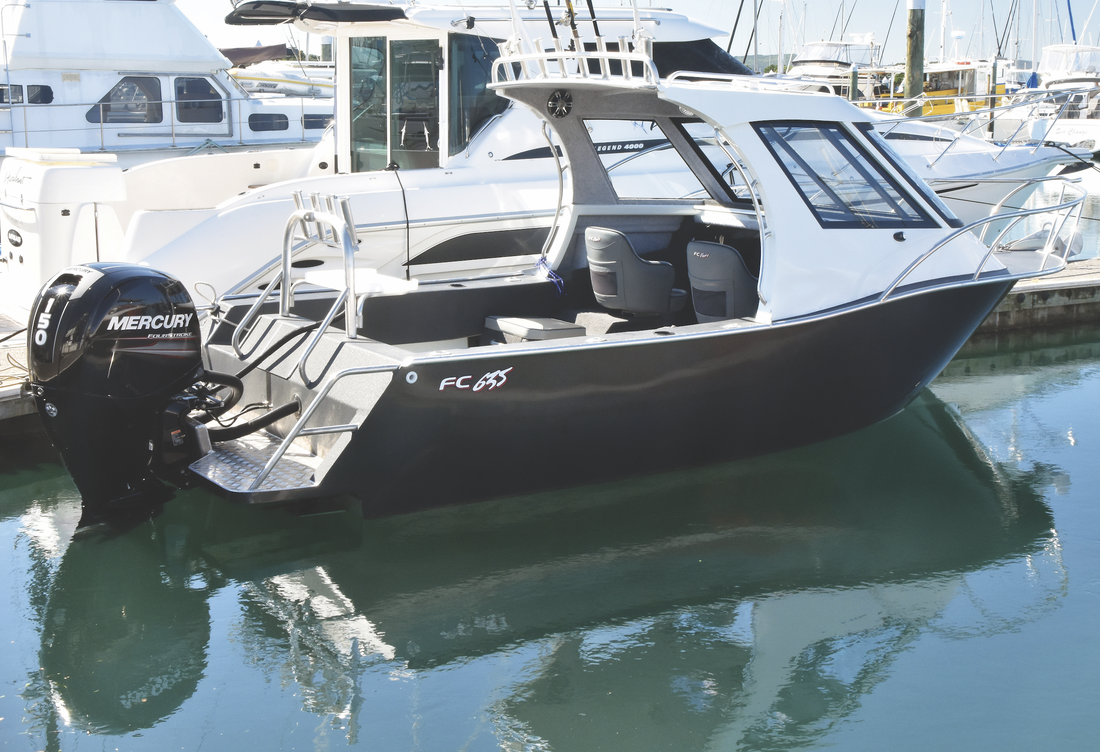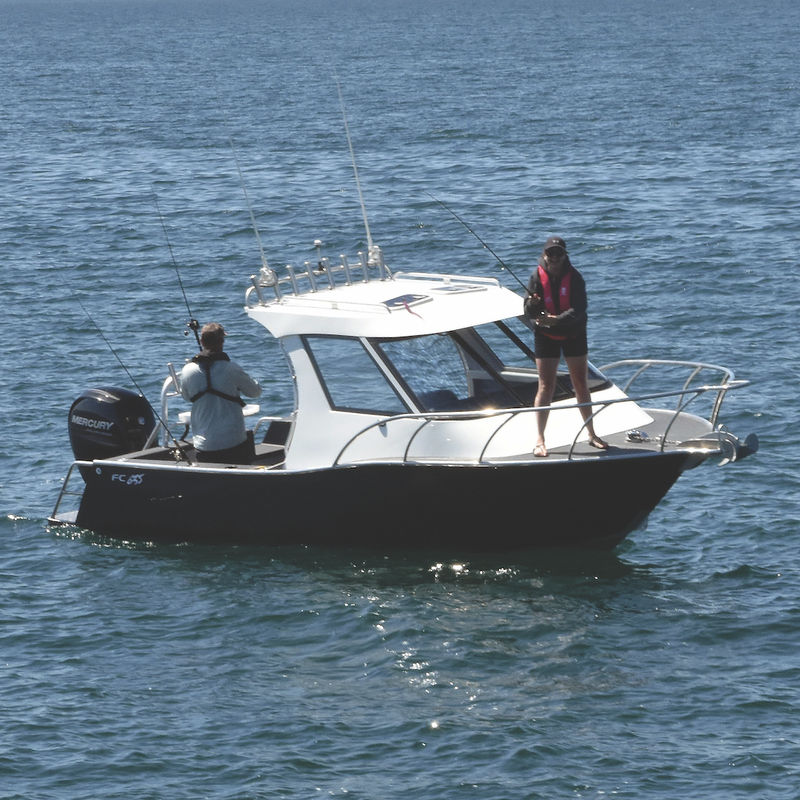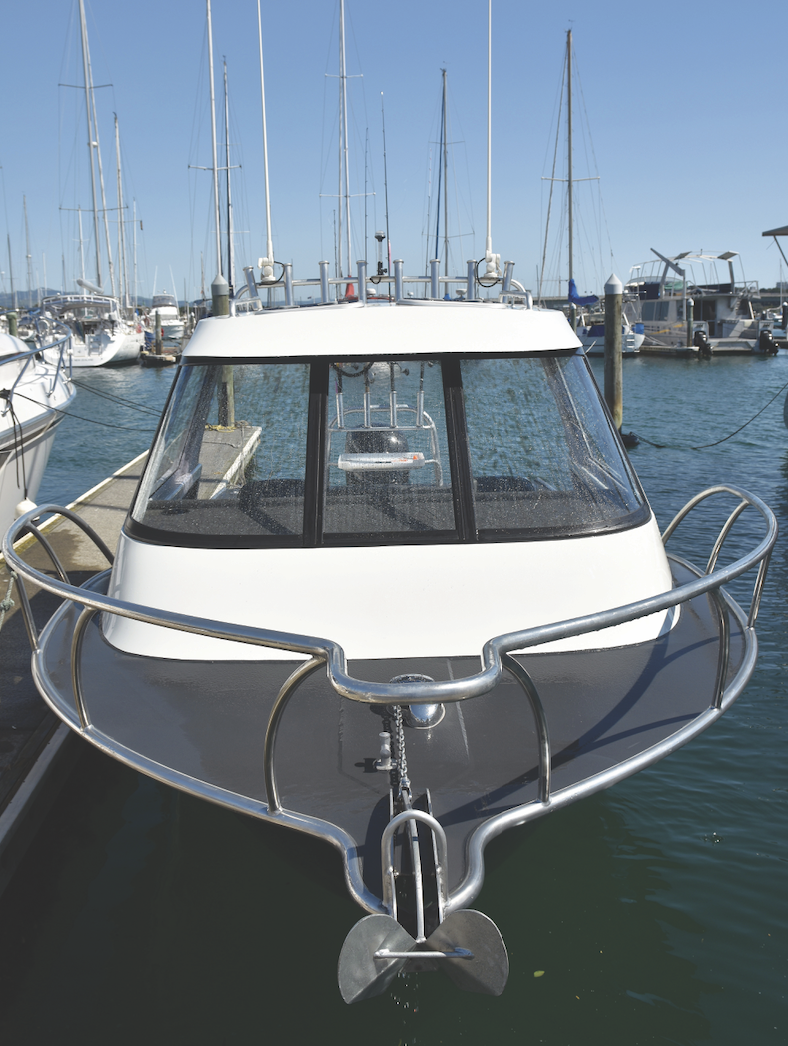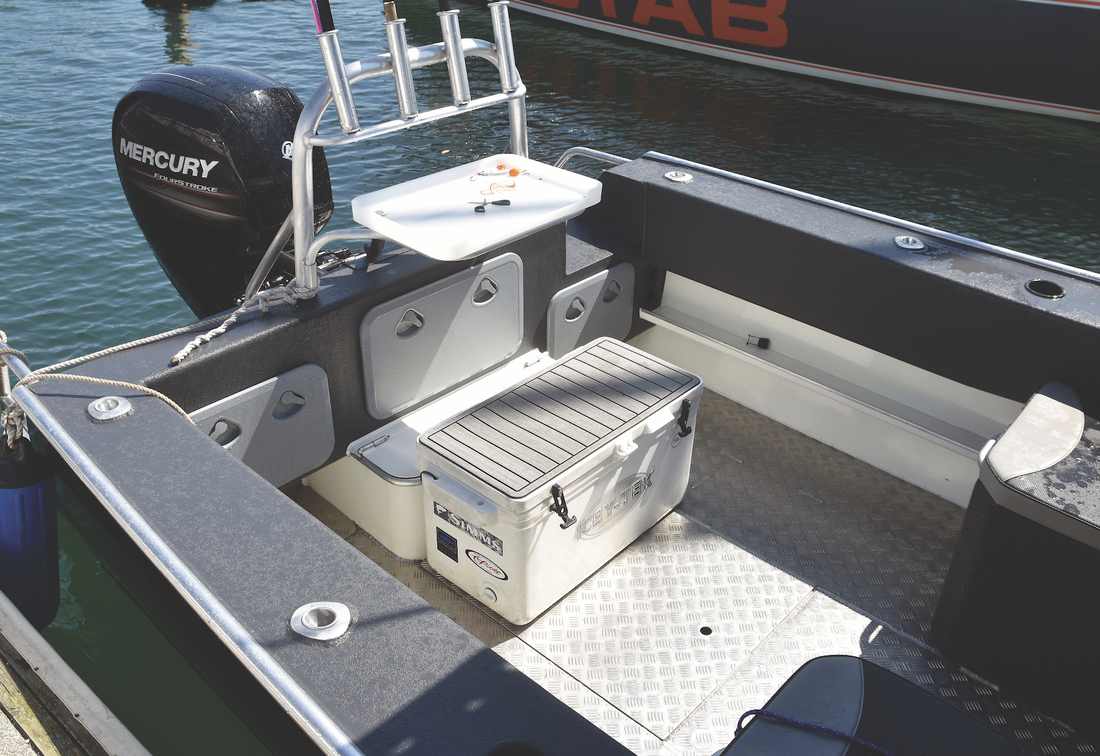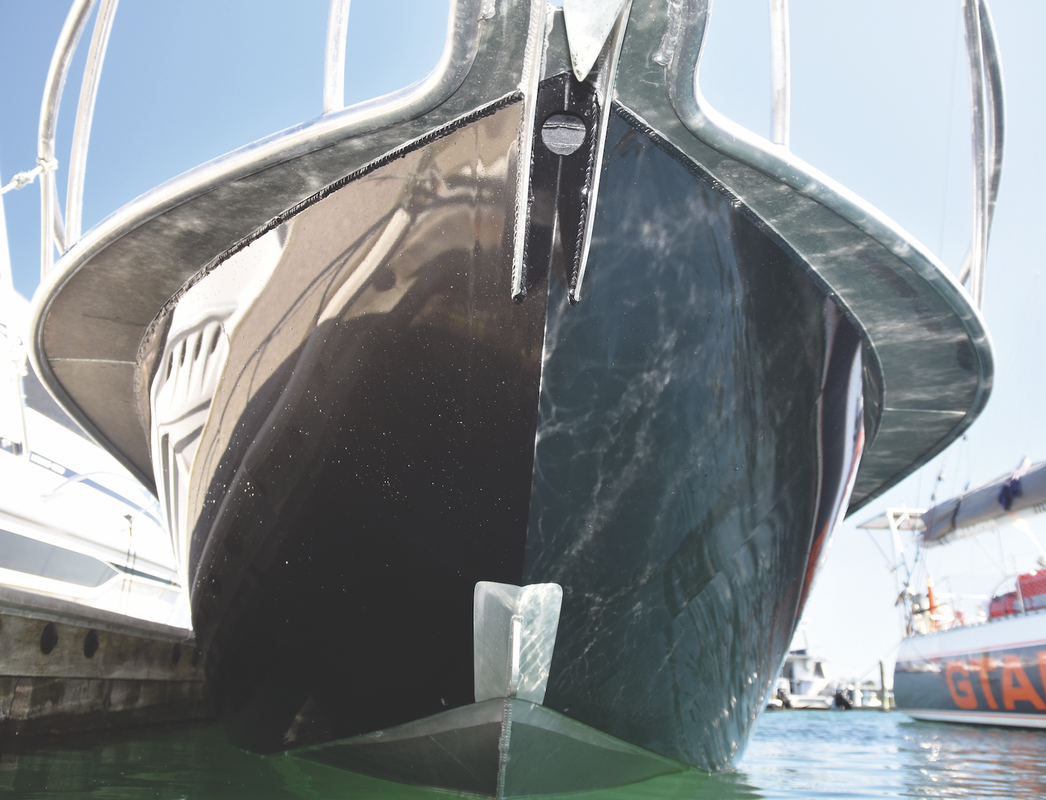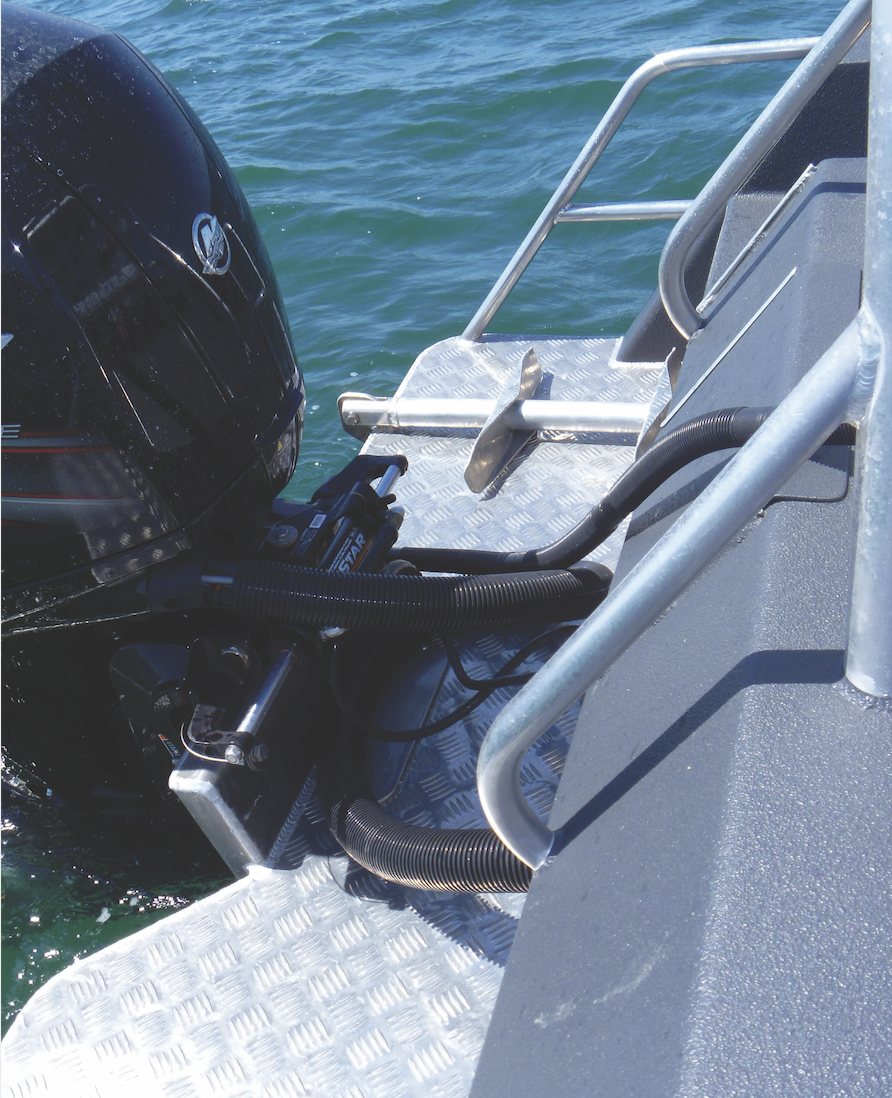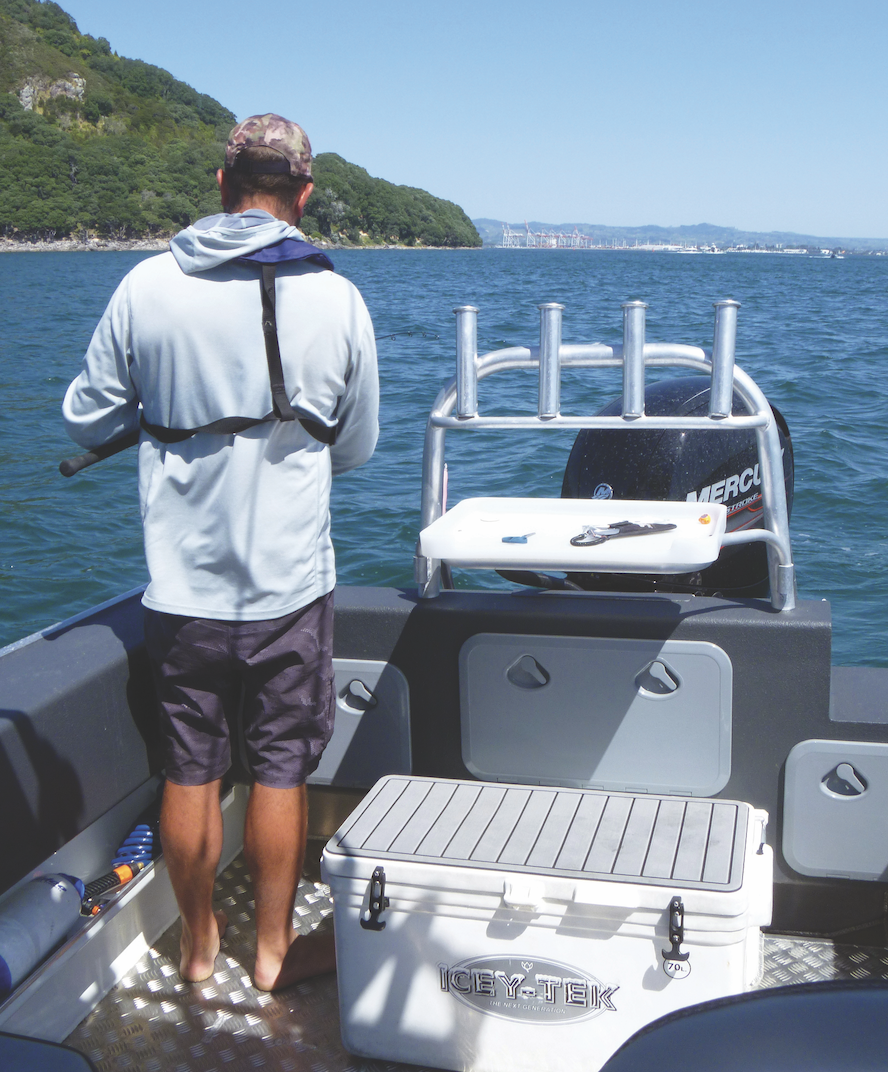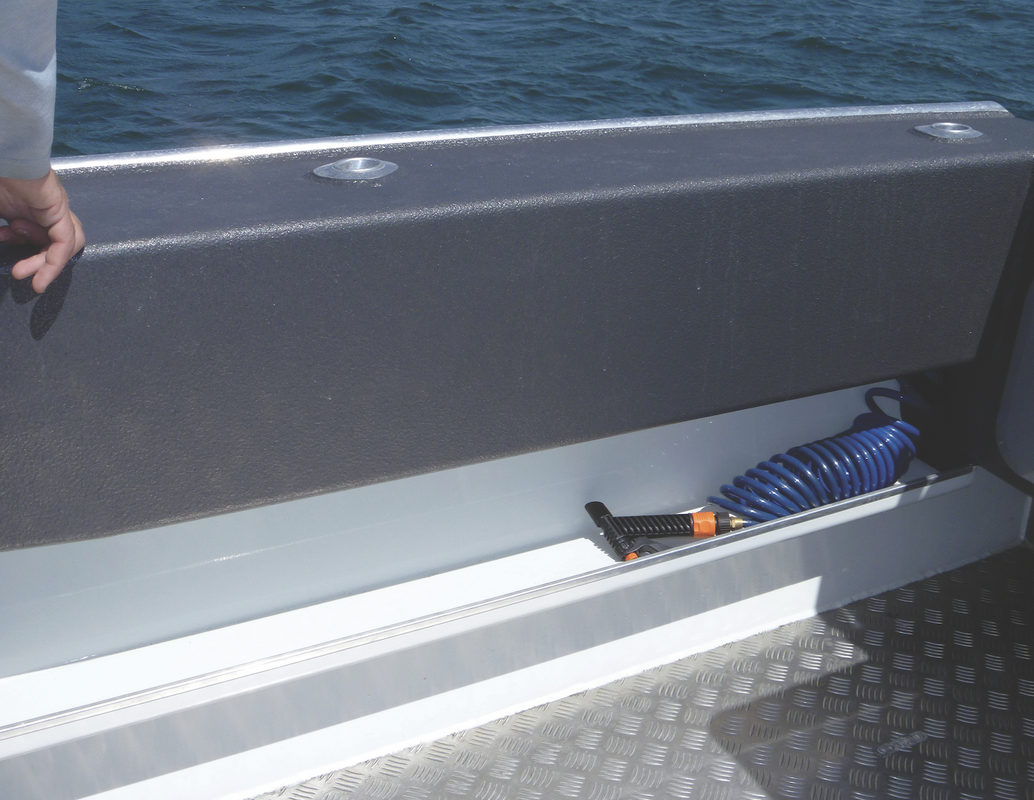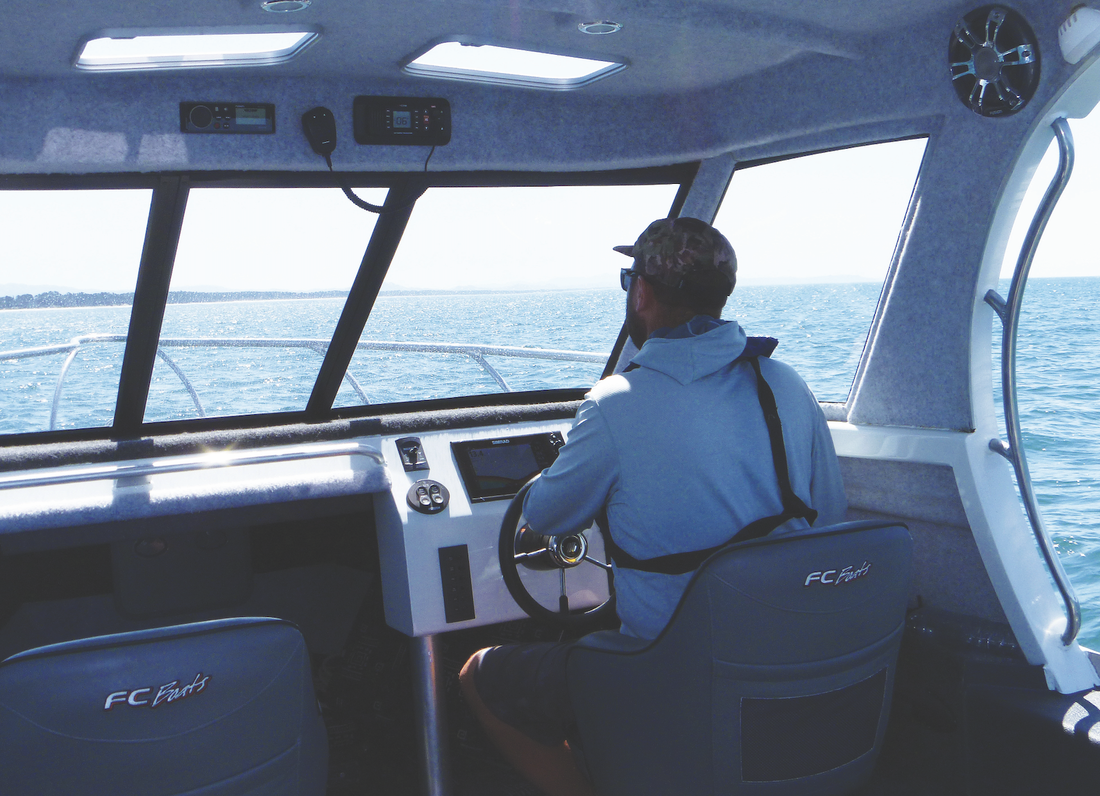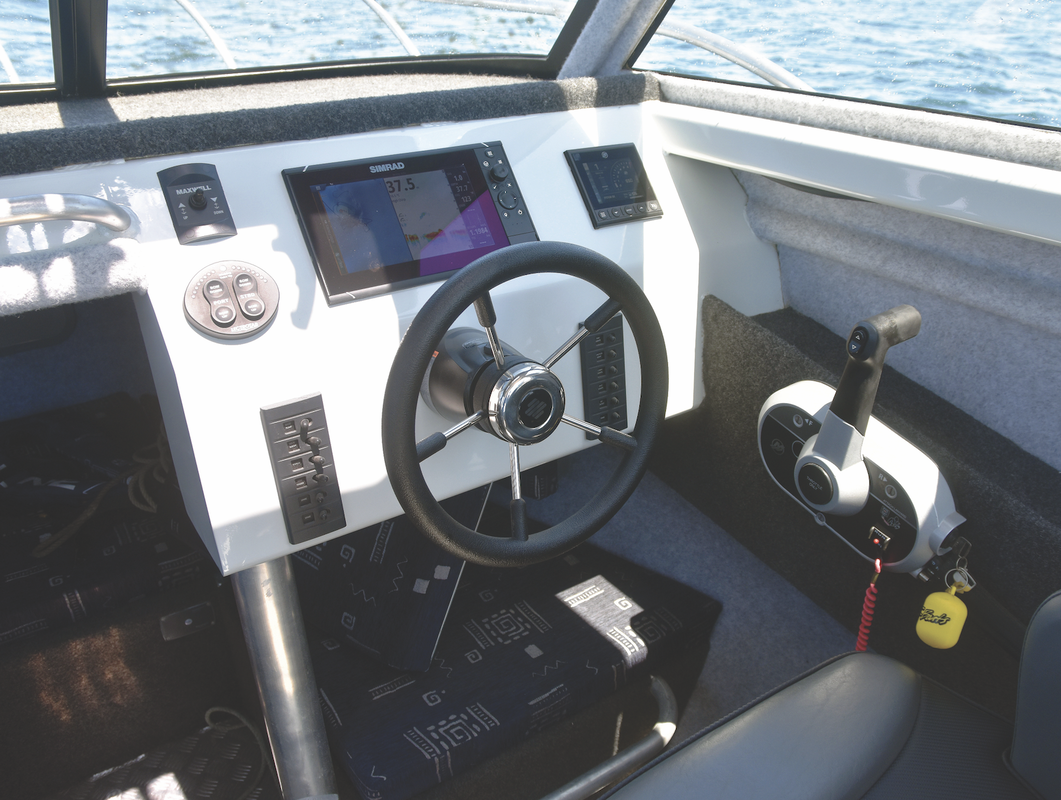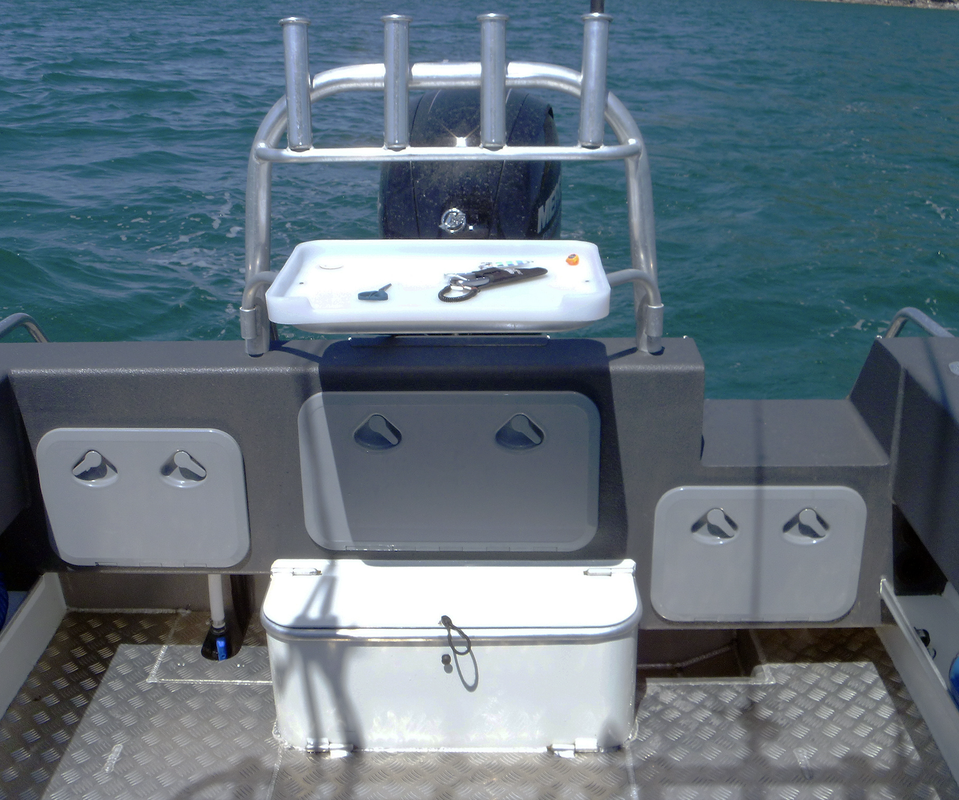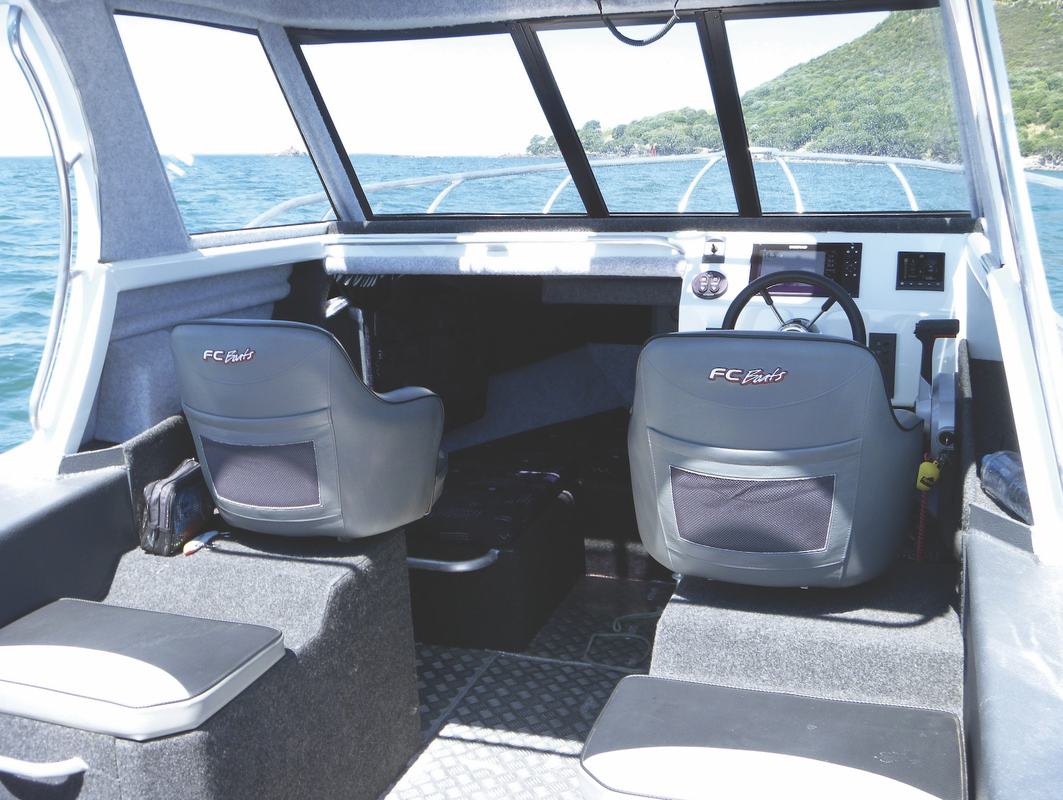Approaching a boat review, there are a handful of thoughts that keep imposing themselves ̶ thoughts such as preconceptions that create a bias, the impact that first impressions have and the knowledge that at the end of a day spent with the vessel, a lasting impression will have been made. Along the way, there are also the inevitable pleasant surprises, questions and discoveries made. With these things in mind, I was to meet the team and acquaint myself with the FC 635HT at Pier C at the bridge marina in Tauranga on what had turned out to be a fine spring morning.
